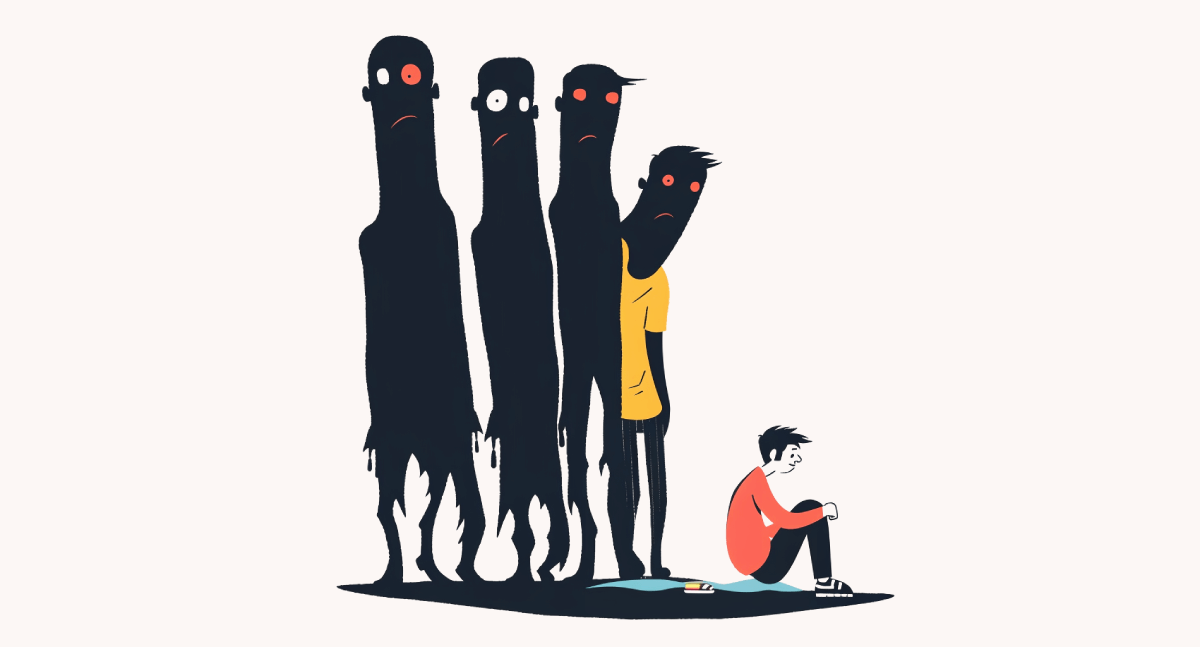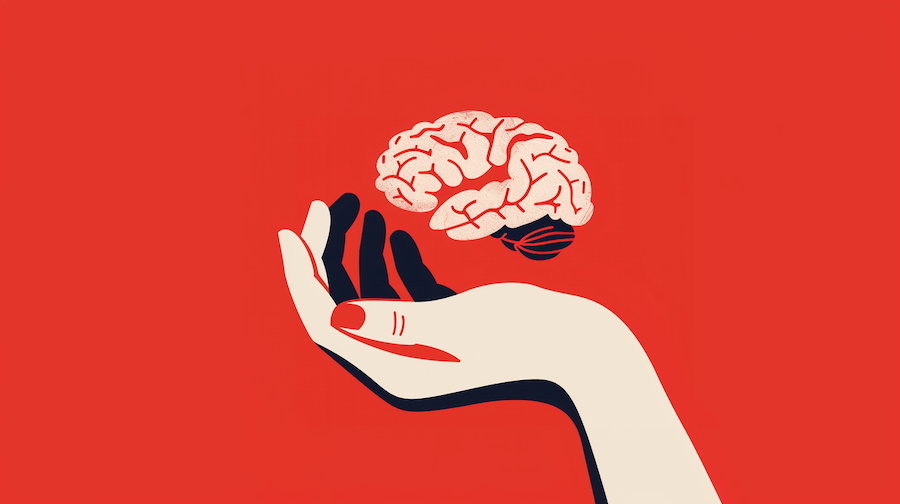Oh, hello… we weren’t expecting to see you here, to be honest!
You’re probably looking for our resource library.

Is ‘Bad Signalling’ really that bad?
Is bad signalling really… well, that bad? Turns out, yes! Stop undermining yourself and start speaking with confidence.

The Five Forms of Power, explained
The core dynamics of why some people get to tell other people what to do.


What is psychological safety?
The right safety gear can enable climbers to take on more intimidating ascents – psychological safety empowers staff to take on important and challenging work.

The change curve, explained
Learn how the Kubler-Ross change curve, originally conceived to characterise grief, can help managers lead change at their organisation.

The Johari window, explained
Take a look through this window and you might just increase your self-awareness.

Navigating the ‘comfort, stretch, and panic zones’ at work
We learn best when we step outside of our comfort zone – but whatever you do, don’t panic!

Maslow’s hierarchy of needs, explained
A classic psychological, motivational theory of five core needs that drive human behaviour.

The Thomas-Kilmann Conflict Model, explained
Are you collaborating, competing, compromising, accommodating or avoiding?

Honey & Mumford’s learning styles, explained
Do you like to get stuck in, or do your research first? Discover your dominant learning style and how this concept can help at work.

The SCARF model of social threat & reward
The SCARF model by David Rock uses neuroscience to identify five drivers of emotional wellbeing, which provoke a reaction when threatened.

Autonomy, mastery, purpose: three forces that motivate us all
Discover the three drivers of intrinsic motivation, according to Dan Pink’s “Drive.”

The Social Styles model: communicate better with this powerful theory
Are you a driver, expressive, amiable or analytical? Find out how the Social Styles theory can help you communicate better at work.
![Are you a submissive, assertive or aggressive communicator? [QUIZ]](https://images.squarespace-cdn.com/content/v1/6348398d9d21fd6277c64f96/4ea297e4-7a5a-4acd-80c7-22e9b17f2a41/assertive-aggressive-passive-quiz.jpg)
Are you a submissive, assertive or aggressive communicator? [QUIZ]
Are you assertive, passive, aggressive - or even passive-aggressive? Find out in our quiz and explore these modes of communication in conflict.
